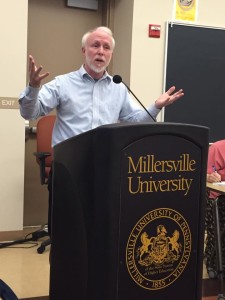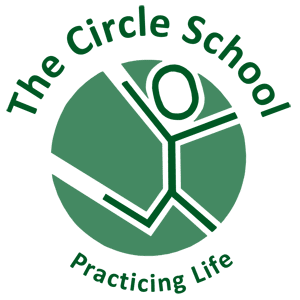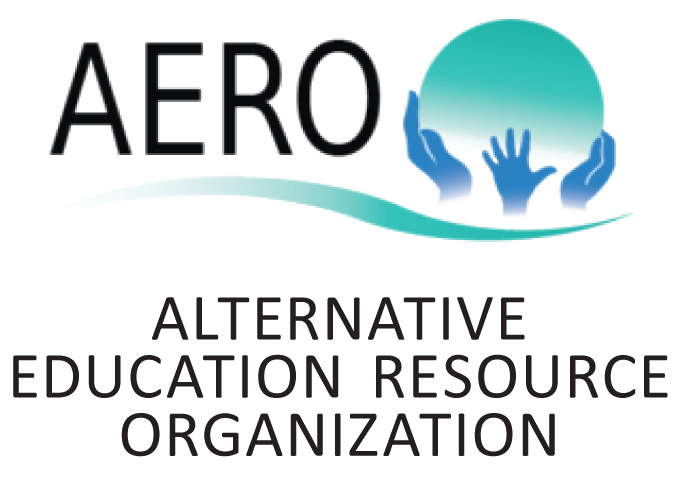 After 30 years of answering questions about The Circle School, new ones don’t come along very often. Last night I answered a new one. At Millersville University‘s Alternative Education Forum, I delivered the keynote address. The event organizer, Dr. Scott Richardson, invited me to speak on “Why Alternative Education?”
After 30 years of answering questions about The Circle School, new ones don’t come along very often. Last night I answered a new one. At Millersville University‘s Alternative Education Forum, I delivered the keynote address. The event organizer, Dr. Scott Richardson, invited me to speak on “Why Alternative Education?”
I’m often asked to explain how The Circle School is different from other kinds of schools, but now I was called on to discover meaningful commonalities. What could Montessori, Waldorf, and democratic schools have in common? Why are those shared features important? And what is alternative education anyway? It was a fun and fruitful exploration. I discovered three useful ideas and called them the common idea, the funny idea, and the deep idea. You can watch the talk here: [I’ll post the link when it’s up], or you can keep reading for an abbreviated version.
The common idea is simple: education is alternative if it’s not mainstream or conventional or standard. In this meaning, alternative education is important to society because it (a) creates possibilities for the future of education, (b) offers variety in schooling methods, to accommodate variety in children and in family values, and (c) tends to seed society with diversity in perspective, avoiding the dangers of narrowly standardized worldviews.
The funny idea is that education is alternative if it is guided by coherent philosophy and theory. Wait, what? Shouldn’t all education be so guided? Yes, but government-run schools (enrolling nearly 90% of America’s children) don’t really work that way. Government-run schools implement a politically viable configuration of programs negotiated by politicians, legislators, government agencies, and interest groups. I’m not finding fault with any teacher, administrator, or school. That’s just how public government runs. Philosophical coherence is unlikely. In short, the funny idea isn’t.
The deep idea is about the models and metaphors of education. In agrarian times and places, the guiding metaphor was Fill A Bucket: teachers pour knowledge into students. A century of science debunked that idea. Knowledge is not a substance and cannot be inserted into a child’s mind. Now we know that knowledge is constructed by the knower — the outcome of an internal process. The child must be engaged.
The metaphor of filling a bucket was replaced by another: Light A Fire. You’ve heard the William Butler Yeats quote: “Education is the lighting of a fire, not the filling of a pail.” A skilled teacher artfully excites student interest in a curricular objective, supplies the necessary materials, and leads students to construct the prescribed knowledge and insights. Then the teacher repeats the process, lighting another fire for the next curricular objective. And so on for 12 years through a chain of curricular objectives that are deemed an education.
You already know the problems with that. Too often, the student’s fires fizzle. Too often, the teacher burns out. We got the fire part right: the importance of children’s spirited engagement. What we got wrong is thinking the teacher has to ignite it. Children are born with fires ablaze — passionate and persistent in pursuit of their universal agenda: strive, thrive, and grow. It’s the sustainable energy of education.
Alternative education is playing around with a new metaphor: Fan A Flame. The fires are already burning. Alternative education (or much of it) seeks ways to engage children’s nature, to make it a more integral part of schooling.
Fill A Bucket, Light A Fire, Fan A Flame. Do you see the trend in these metaphors for the teacher’s role? With better understanding of human development, the focus is shifting from the teacher to the child, from exterior to interior, from top-down to bottom-up, from command-and-control to individual agency. This trend parallels larger social transformations from farming economy to manufacturing economy to knowledge economy. Fill A Bucket was the dominant metaphor in agrarian times and places. Light A Fire is associated with industrial economy. Fan A Flame is more recent, emerging with the knowledge economy, and maturing with Facebook.
Beyond those teaching metaphors is the dominant metaphor for schools themselves, an industrial metaphor. Schools are factories. Children are raw materials. Teachers are machines. Raw materials are processed through grades of refinement, and subjected to quality control testing along the way. What’s the final product? Standardized young adults who meet predetermined specifications — interchangeable, like manufactured goods.
I’m not exaggerating when I say this is the mode of thinking that prevailed in the Industrial fervor of the 1800s and early 1900s when today’s school systems and structures were laid down. This was the vision for American education. The vision is changing, but the structures and methods remain.
We are each uniquely equipped from birth, and trace a uniquely personal trajectory. We are self-authoring, and education is an authoring process. Alternative schools are showing us how to place these new understandings at the heart of education. That’s a flame worth fanning.
-Jim Rietmulder
Gratitude to the following for their valuable insights in response to my pre-event queries: Dr. Eugene Matusov (University of Delaware), Melissa McIntyre (Susquehanna Waldorf School), Dr. Thomas Neuville (Millersville University), Brooke Armstrong (Arts & Ideas Sudbury School), Dr. Scott Richardson (Millersville University), Mary Cae Williams (The New School of Lancaster).

